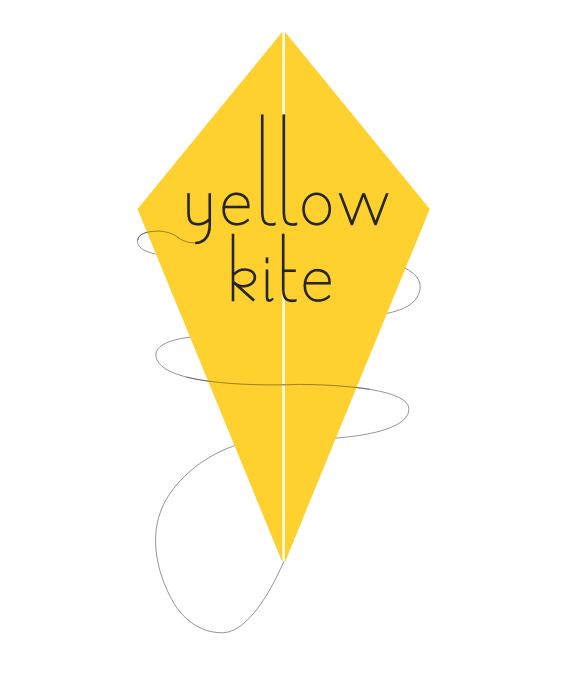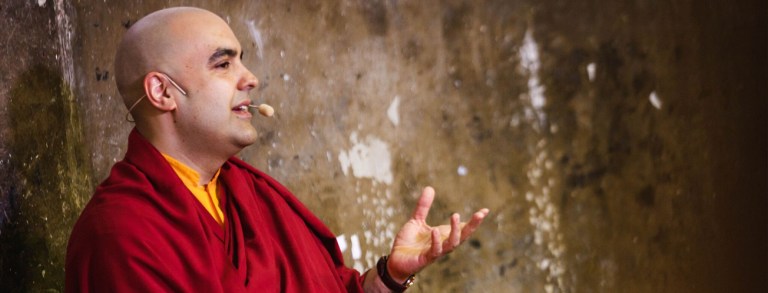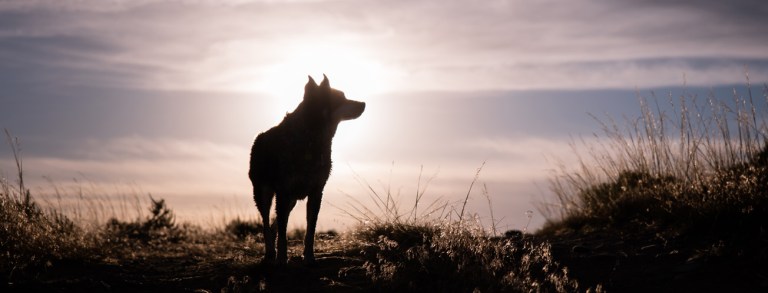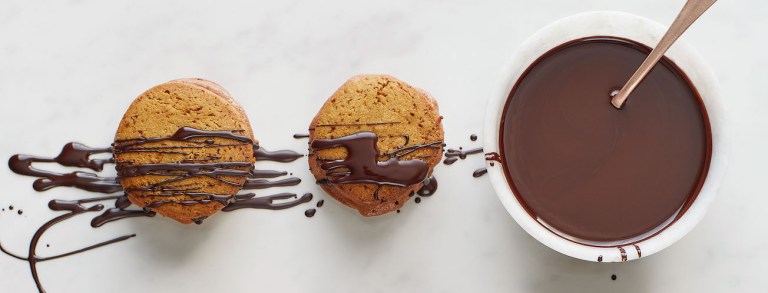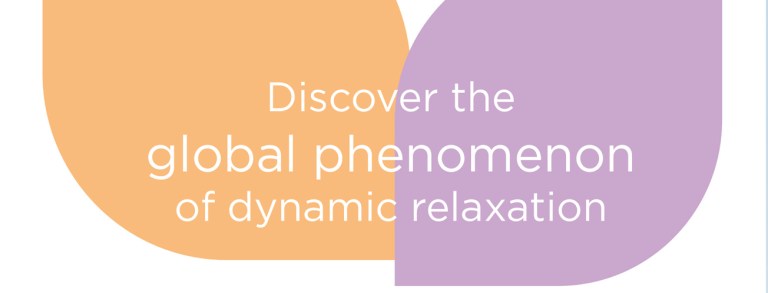Mindfulness vs Meditation: What’s The Difference?

In any one day there are moments where there is nothing going on but we link up thought to thought, without any space, and overlook the spaciousness it’s all happening in. —Gangaji
Mindfulness and meditation are often used to mean the same thing, which can be confusing, while not many of us are clear on what “mindfulness meditation” means and how it differs from either of the above. So here’s our version:
Mindfulness is awareness. It’s noticing and paying attention to thoughts, feelings, behavior, and everything else. Mindfulness can
be practiced at any time, wherever we are, whoever we are with, and whatever we are doing, by showing up and being fully engaged in the here and now.
That means being free and not clinging to either the past or future— the ifs and maybes—and free of judgment of right or wrong, such as the “I’m-the-best” or “I’m-no-good” scenarios, so that we can be fully present without distraction. This invites a deep clarity and insight.
“Mindfulness is the awareness that arises when we nonjudgmentally pay attention in the present moment. It cultivates access
to core aspects of our own minds and bodies that our very sanity depends on,” says mindfulness teacher Jon Kabat-Zinn. “Mindfulness, which includes tenderness and kindness, restores dimensions of our being that have never actually been missing, just that we have been missing them, we have been absorbed elsewhere. When your mind clarifies and opens, your heart also clarifies and opens.”
Mindfulness also releases “happy” chemicals in the brain so we feel great; it lowers blood pressure, improves digestion, and relaxes tension around pain. It is simple to practice and wonderful in effect. Not a bad deal when all that is needed is to pay attention, something we could all be doing but often forget.
While mindfulness is awareness of “some-thing,” such as our thoughts, the weather, or conversations, meditation is awareness of “no-thing,” such as the stillness within. In this way mindfulness expands awareness, which enriches meditation, while meditation empowers mindfulness.
No One Way
“I don’t make a difference between mindfulness, meditating, or having my life,” says meditation teacher Sylvia Boorstein. “I am
mindful of the presence or absence of my capacity to care. In this moment, am I bringing attention to whatever I am doing? Is my
mind generating good thoughts about other people? Formal periods of mediation simply point me in the direction of how I want to live during the whole day.”
There are many forms of meditation: those that focus on the breath, aimed at developing a clear and quiet mind, known as “Clear Mind” meditations; and those that develop altruistic states, such as loving kindness, compassion, or forgiveness, known as “Open Heart” meditations. Mindfulness meditation is a form of Clear Mind meditation, as attention is paid to the natural cadence of the breath and to the rhythm of slow walking. There are also meditations that use the body as a means to deepen awareness, such as yoga, tai chi, or walking, or use sound, as in mantra recitation and chanting.
However, there is no specific or right way to meditate. We are all different, so we each need to find the form that we most respond to. Ultimately, meditation is spontaneous and natural, just as when we go to bed at night and sleep seems to come by itself. The method is simply an aid; it’s not the experience itself. A hammer can help build a house but it is not the house.
Nor is meditation practice an end in itself. Rather, it is the means, like a ferryboat that takes us across a river. Most important of all, meditation is to be enjoyed!
“I could never still my mind. And then, as I was approaching my seventieth birthday, I thought the time has come,” says actress
Jane Fonda. “Part of getting older is that as the externals begin to fray, so you are beckoned inward. As my mind became quieter in meditation, I discovered this place that seemed to be suspended behind my forehead, like a chandelier hanging from the top of my skull. It was a place of wonderful stillness.”
Just as there is no particular method that is better than another, so mindfulness and meditation do not belong to any particular religion, philosophy, or thought programming. Every religion has its own form of meditation (as in prayer), as does every philosophy (as in self-reflection).
We were at Barnes & Noble in New York, holding a book signing with some of the authors quoted in this book. After the talk we asked if there were any questions. A lady at the back stood up and asked, “What’s the difference between prayer and meditation?” Actress Ellen Burstyn chose to answer, saying, “Prayer is when you talk with God, and meditation is when you listen.”
“The essence of prayer is praise and thank you,” says Matthew Fox. “The essence of meditation is being still, and out of the stillness there comes a great gratitude. It works the other way too, as prayer encourages stillness and silence. So prayer is like being on a raft on a rushing river, which is meditation in its deepest form.”
Extracted from The Unexpected Power of Mindfulness and Meditation, available now
